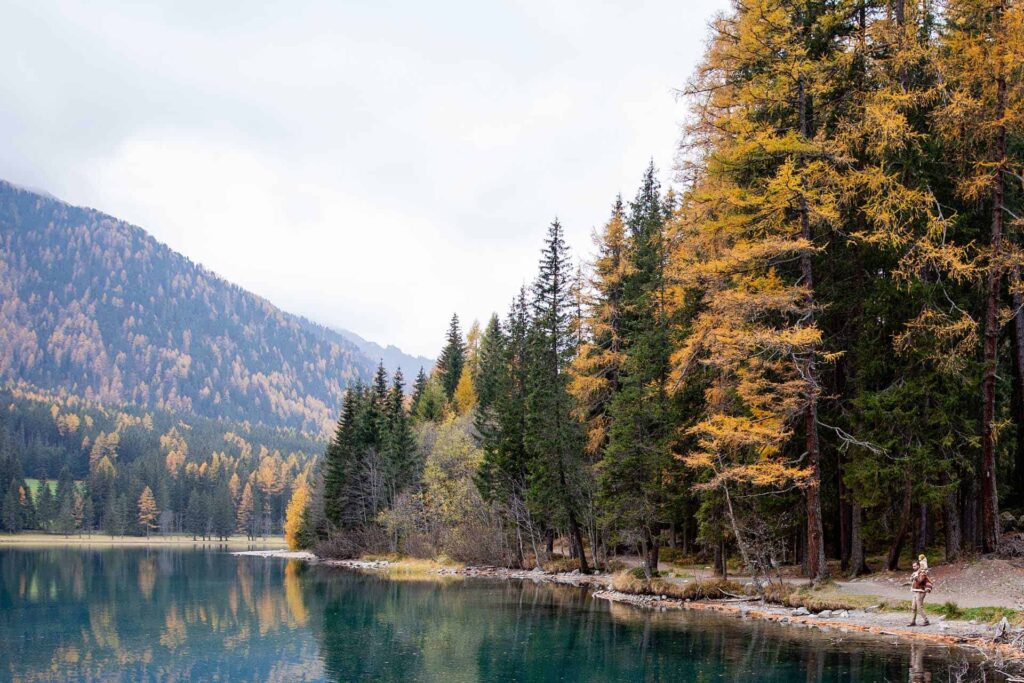How to Know If a Tree Is Too Dangerous to Save
Introduction
Trees bring beauty, biodiversity, and value to any property. But sometimes, a tree can become more of a liability than an asset—posing risks to people, structures, or nearby greenery. Knowing when a tree has reached the point where it’s too dangerous to retain is not always straightforward. At Cranfield Tree Surgeons, we help property owners across Cranfield, Bedfordshire make informed, responsible decisions about tree safety and long-term management.
Recognising the signs of a hazardous tree early can help prevent serious damage or injury. This article will guide you through the key indicators that a tree might be beyond saving and what action to take next.
Signs a Tree May Be Dangerous
A tree doesn’t become hazardous overnight. Often, there are visible symptoms that suggest something is wrong. Spotting these early can reduce risks and potentially save the tree—if action is taken soon enough.
Common warning signs:
- Large cracks or splits in the trunk or major limbs
- Leaning significantly without structural support
- Hollow or decayed trunk sections
- Dead or falling branches, especially in the crown
- Visible fungus or mushrooms at the base
- Sudden loss of foliage or early leaf drop
If you notice any of these signs, it’s crucial to arrange a professional assessment. At Cranfield Tree Surgeons, we carry out thorough tree inspections using industry-standard methods to assess the extent of any internal or external damage.
The Role of Tree Health and Stability Assessments
Determining whether a tree can be saved requires more than a visual inspection. A professional assessment evaluates structural integrity, disease progression, and root stability.
What a tree surgeon looks for:
- Extent of decay or rot: Using resistograph or sonic tomography for internal analysis
- Root health: Examining signs of root plate movement or soil heaving
- Pest damage: Identifying invasive species such as wood-boring insects
- Crown vitality: Evaluating foliage density and branch strength
- History of pruning or storm damage: Understanding how past interventions affect safety
In Cranfield, Bedfordshire, the local environment and seasonal weather can accelerate deterioration. That’s why timely professional evaluation is so important.
When a Tree Cannot Be Saved
While many issues can be managed with pruning, bracing, or disease treatment, there are times when the only safe course is removal.
A tree is likely beyond saving if:
- The trunk is over 30% hollow or decayed
- There is a significant lean over a target area (such as buildings or roads)
- More than 50% of the root system is damaged or exposed
- It shows advanced fungal infection such as honey fungus
- Structural integrity is compromised and presents an immediate hazard
In such cases, removing the tree is not just a safety measure—it’s often a legal responsibility, particularly if it could impact neighbouring properties or public footpaths.
Importance of Professional Decision-Making
Tree removal should never be based on guesswork. At Cranfield Tree Surgeons, we provide expert guidance backed by arboricultural knowledge, safety assessments, and long-term site considerations.
Our approach includes:
- Detailed tree risk assessments
- Written reports for insurance or planning purposes
- Advice on replacement planting and biodiversity support
- Safe, efficient removal using specialist equipment
- Post-removal stump grinding and site restoration
Making the right decision now can prevent costly consequences later—and ensure your landscape remains safe and well-managed.
Planning for Replacement and Restoration
When a dangerous tree must be removed, it doesn’t have to mean the end of your garden’s character. Replanting the right species in the right place can bring long-term benefits.
After removal, consider:
- Soil condition and preparation for replanting
- Choosing native or low-maintenance species
- Planting away from buildings, driveways, or overhead lines
- Installing supports for young trees during establishment
- Scheduling future inspections to monitor new growth
Cranfield Tree Surgeons offers tailored guidance on replacement planting in line with both ecological goals and aesthetic preferences.
Conclusion
A dangerous tree is more than an eyesore—it’s a potential risk to your safety, property, and liability. Knowing the signs that a tree is too far gone to save allows you to act with confidence and responsibility. For residents and landowners in Cranfield, Bedfordshire, professional tree assessments and timely intervention are essential to maintaining a safe and attractive landscape.
At Cranfield Tree Surgeons, we bring the expertise needed to evaluate, manage, and, if necessary, remove hazardous trees with precision and care. Whether you’re unsure about a leaning trunk or concerned about decay, let us help you make the right call—for your safety, and for the health of your outdoor space.
Call us on: 01234 860 988
Click here to find out more about Cranfield Tree Surgeons
Click here to complete our contact form and see how we can help with your tree care needs.

